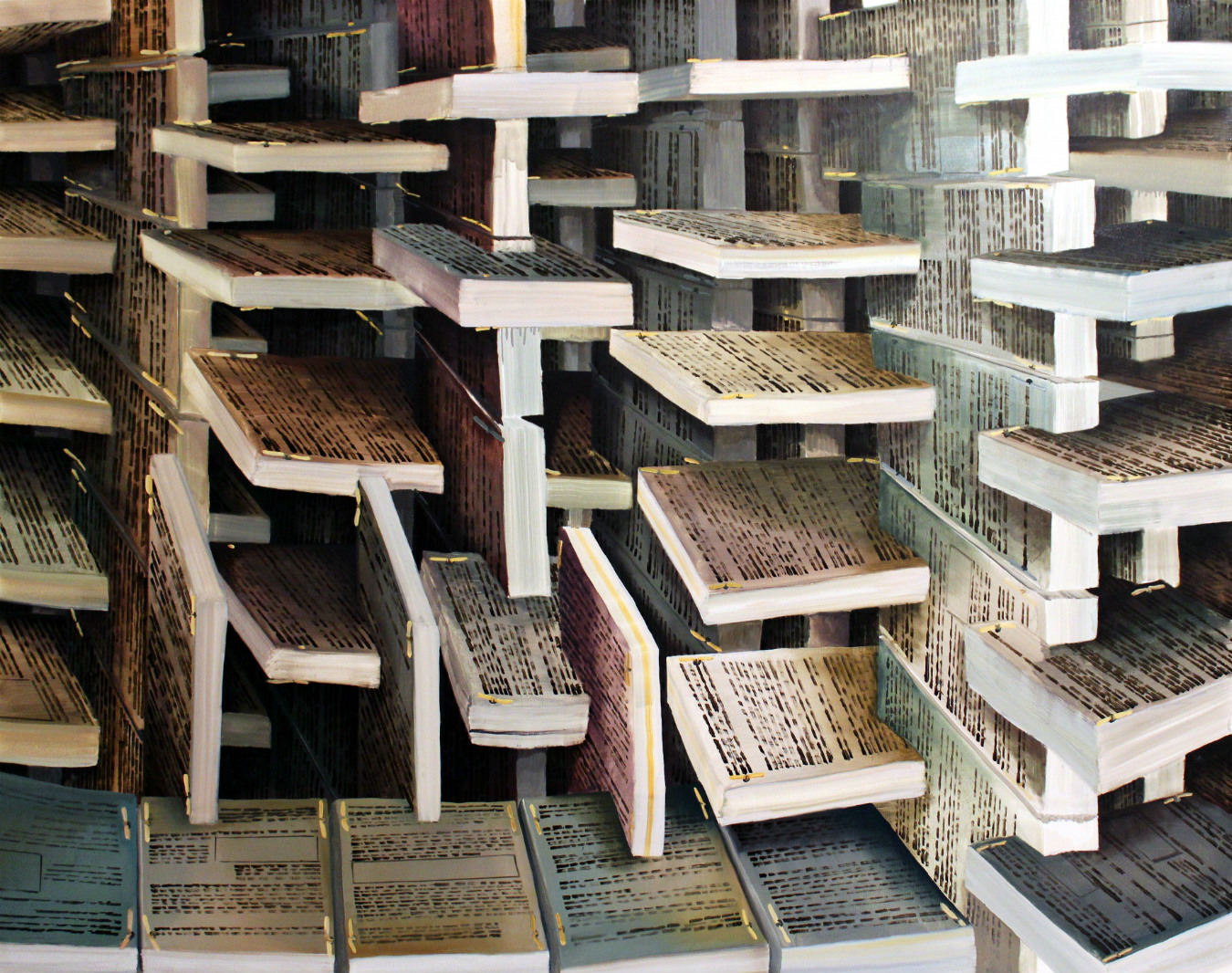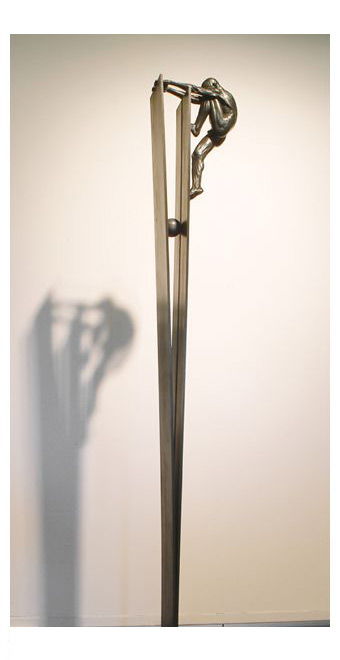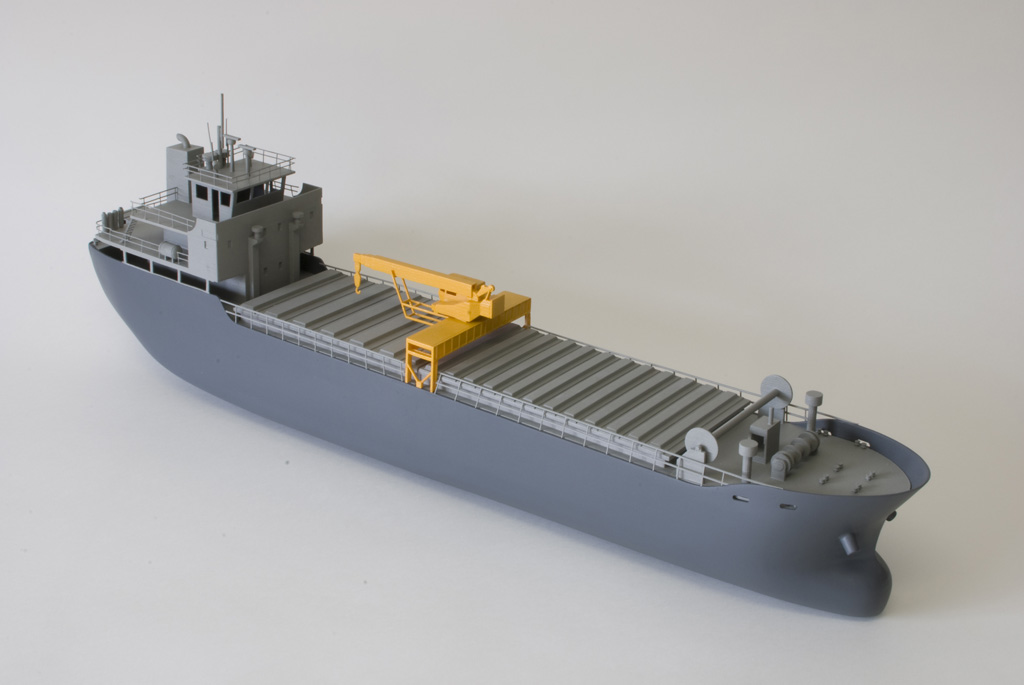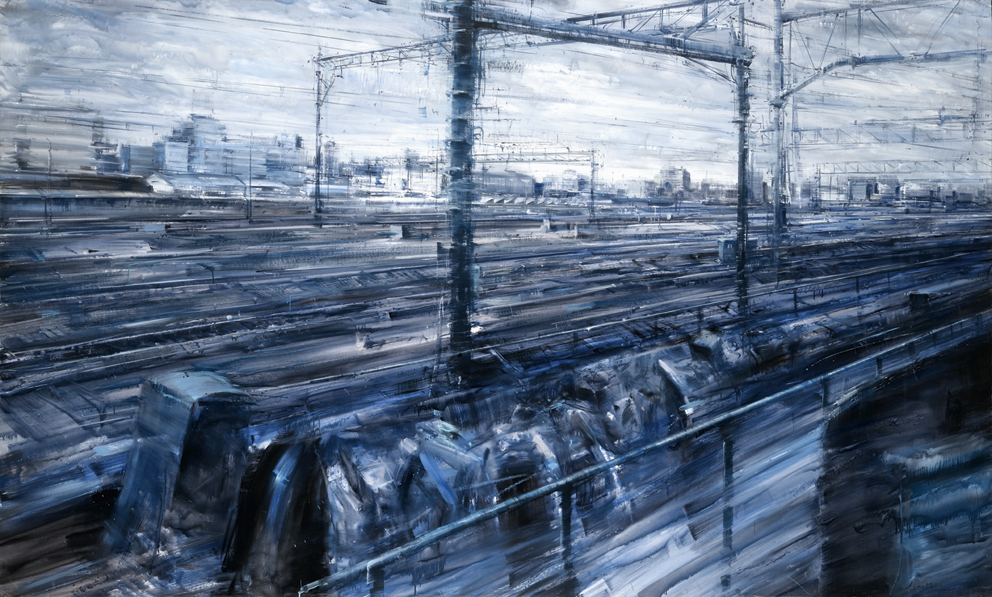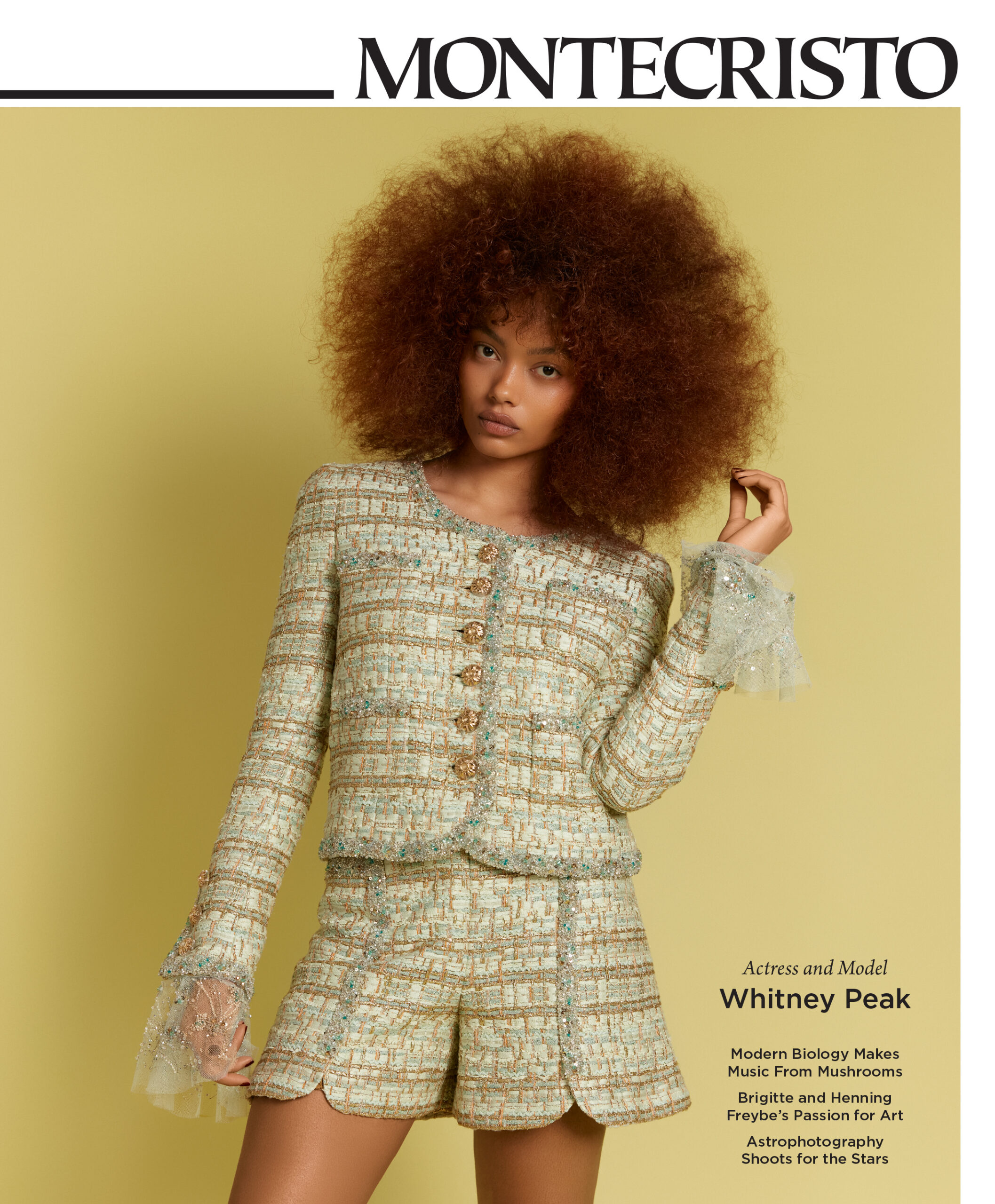The sun is high in the sky and summer is here; and for many, that means it’s the season for a neighbourhood block party. The area around East 1st Avenue between Main and Brunswick is no different, except for one key distinction: this old industrial district, known as the Flats, houses several of Vancouver’s most esteemed, well-established, and cutting-edge art galleries, all within walking distance of each other. Several new exhibitions are opening on Saturday, July 12, complete with talks by the creators and curators of the artworks; a different event is scheduled at a different gallery every hour, from noon to 6:00 p.m.
The communitarian spirit of the Flats is commendable, even enviable; not only do the galleries collaborate and coordinate with each other to make these openings such gala successes, but they enthusiastically welcome everyone, from the leaders of the city’s arts scene to the general public, to participate. Of course, this casual, “block party” context of sociable, leisurely gallery-going is in a compelling tension with the critical and conceptual seriousness of the works on display, which showcase several of Canada’s most celebrated contemporary artists. The reputable lineup includes Evan Lee at Monte Clark Gallery, Shawn Hunt at Macaulay & Co. Fine Art, and a two-person exhibition at Winsor Gallery involving David Robinson and Angela Grossmann. Renowned painters Etienne Zack of Los Angeles and Alessandro Papetti of Italy will also have works featured at Equinox Gallery and Winsor, respectively.
Though there is no contest between the Flats galleries, Winsor might be able to boast about the most complete transformation of its gallery space, owing to the fact that Grossmann’s paintings are being shown in conjunction with Robinson’s sculptures, a dynamic dialogue between diverse art practices. Grossmann’s canvases self-reflexively emphasise the medium they are made from; her emotive, lifelike figures are contrasted stunningly with the blatant materiality of the painting, which betrays its own essence in splatters and sketched lines that bleed evanescently throughout the pictures. Several of Robinson’s sculptures are also figurative works, in which articulated human forms interact with abstract shapes in imaginative tableaus of ambiguous, allegorical poetry. “It’s sort of a fascinating thing to be in our current moment and working with a figure that has just very distant and fading echoes and reverberations of allegory or symbol,” says Robinson of his sculptures, which seem to combine classical statuary with modernist simplicity, and an almost cosmic mythography reminiscent of William Blake. “We don’t really read them in the same way we used to; and so, in a sense, it’s the semi-extinct status of the figure that is part of what’s interesting about it.”
Robinson describes his body of work at Winsor Gallery as a sort of de facto overview of the things he has been working on during the last few years. “There is one piece, for instance, called Device and Desire, which is an artist’s proof from an edition I originally did maybe 10 years ago, and I’ve done a final iteration of that work. It’s a very important signature piece, and this is my last rendition of it, I suppose. I’m very glad to have that there,” Robinson says. “And then there are some newer pieces, some studies on paper and different materials, working with wax and resin.” Some of these works are brand new, completed in the weeks leading up to the Summer Block Party.
Evan Lee’s show at Monte Clark Gallery also explores new avenues in his artistic oeuvre. “For the first time, I’m not showing any actual photographs,” explains the multidisciplinary artist. “I used to do a lot of photography, but instead the work is painting and video and mixed media work.” However, Lee’s interest in his present subject matter was piqued by his photographic practice; this suite of works critically interrogates mass media images of protests, riots, revolutions, and other social upheavals, aesthetically re-appropriating them as paintings in order to see them in a new way. “It just seemed right to not do photographs for these,” muses Lee. “And I guess I had sort of been pushing my photography toward painting as of late, because my previous couple bodies of work were manipulated photographs that resembled painting.”
The technical and intellectual sophistication of these works, and their sociopolitical inquiries, might seem an odd attraction for a block party, but the Flats are nothing if not eclectic, inclusive, challenging, and fun; and this is an event where good art comes part and parcel with good company and good conversation. Staged against the invigorating backdrop of Vancouver’s liveliest, and most closely concentrated, hub of art and culture, the Flats Summer Block Party promises to be an engaging, entertaining, and enlightening afternoon.
